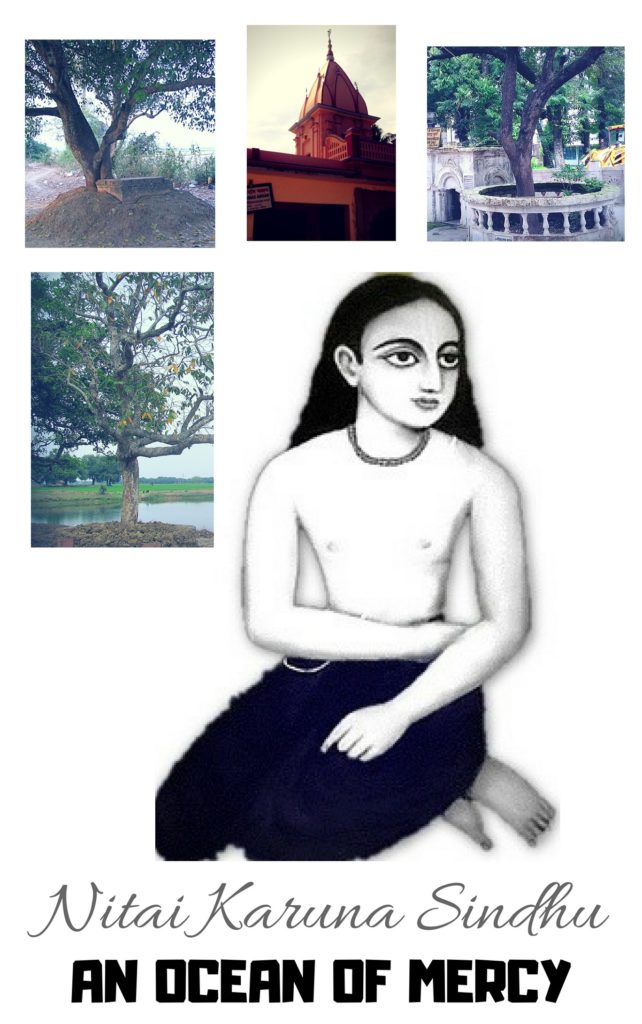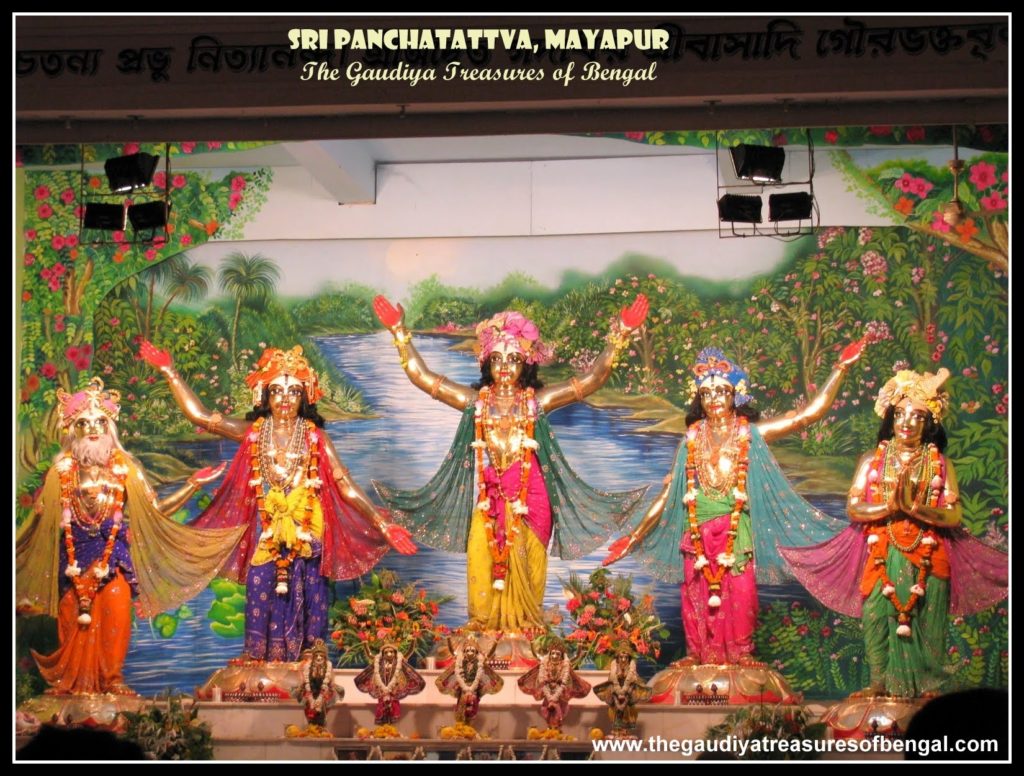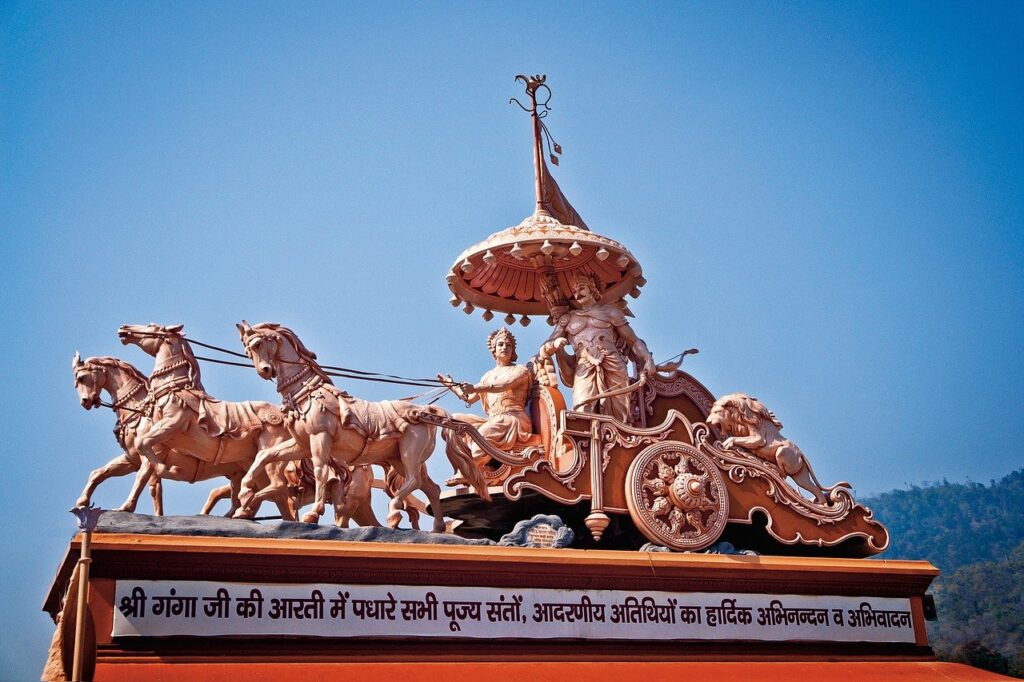
Yoga, contrary to popular opinion, does not refer to some impossible physical postures. The actual meaning of Yoga does not merely refer to bending, curving your body, or even holding your breath. The word yoga is derived from the Sanskrit root yuj, meaning “to yoke,” or “to unite”. The practice aims to create a union between body, mind, and spirit, as well as between the individual self and universal consciousness.
The yoga system was originally meant for realizing God, and all varieties of yoga practice are assumed to bring one to that point. Success in Yoga ultimately depends on the quality of one’s consciousness and the will of the Supreme Person, rather than on our own gymnastic endeavors. The various yogic asanas, breath control, and withdrawal of the senses are meant to help pacify the mind so that one can focus one’s entire attention on the Supreme Lord (Paramatma) who is eternally present within our heart. In this article, we shall present all the relevant information and scriptural evidence that one needs to know concerning Yoga.






